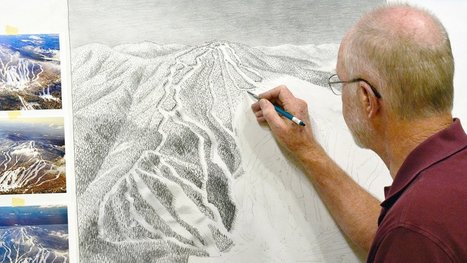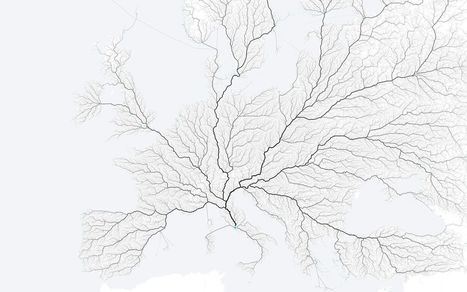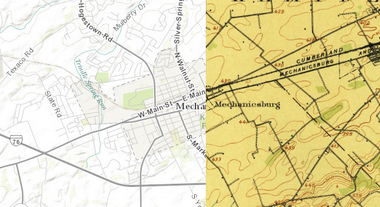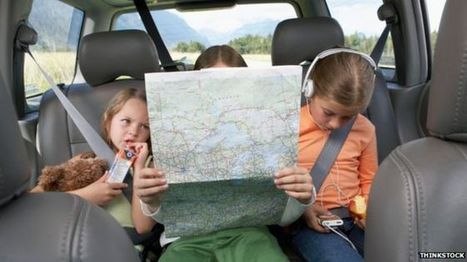"The ski trail map at your local mountain was probably painted by James Niehues. Now you can see his life's work in one beautiful book."
Research and publish the best content.
Get Started for FREE
Sign up with Facebook Sign up with X
I don't have a Facebook or a X account
Already have an account: Login

a personal notebook since summer 2013, a virtual scrapbook
Curated by
Gilbert C FAURE
 Your new post is loading... Your new post is loading...
 Your new post is loading... Your new post is loading...

Gilbert C FAURE's comment,
January 24, 2016 11:09 AM
a new geography of europe! fascinating for politicians

Gilbert C FAURE's curator insight,
January 24, 2016 11:10 AM
une nouvelle géographie de l'Europe! pour les politiques!! 
Leonardo Wild's curator insight,
January 24, 2016 1:00 PM
But many roads didn't leave Rome ... a small detail that has been lost to history.

PIRatE Lab's curator insight,
August 13, 2014 12:25 PM
For more ESRI maps that let you explore urban environmental change, the 'spyglass' feature gives these gorgeous vintage maps a modern facelift (but not available for as many places). The cities that are in this set of interactive maps are: Chicago (1868)Denver (1879) Los Angeles (1880)Washington D.C.(1851)New York City (1836)San Francisco (1859) |

Brian Weekley's curator insight,
July 27, 2016 10:47 AM
Great simple map of world population. Scroll down and look at the U.S. It reflects the global trend. This also has political implications, as evidenced by voting patterns in the 2012 presidential election. Elections are dependent upon votes, which come from people, which are primarily clustered in cities. Election campaigns would use this data to plan their schedules as to where to focus their campaigning efforts. For the folks in Wyoming, they rarely see candidates other than during the primaries. And these world populationclusters have been relatively consistent historically, particularly in south and east Asia. Northern India has serious carrying capacity challenges. Notice the clusters along the Nile- evidence of arable land.

Catherine Lamarque's curator insight,
June 6, 2015 5:55 AM
Lire un carte est toujours le début d'une histoire...
|

















